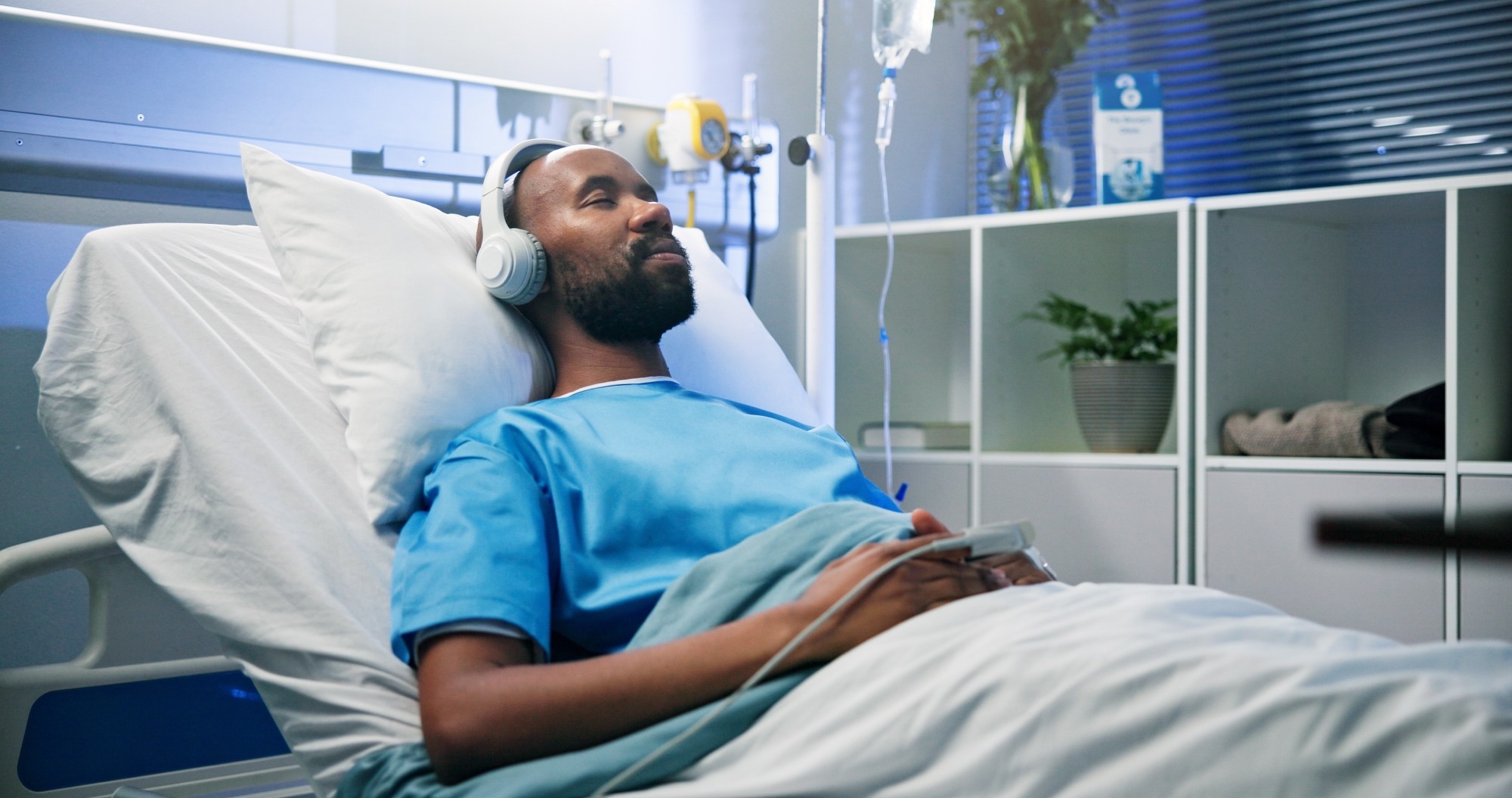With the Milano Cortina 2026 Paralympic Winter Games opening in less than four months, the Organising Committee is turning up the excitement with an exclusive Black Friday offer. Tickets for several Paralympic sports will start at EUR 10 in the…
Blog
-

Music therapy in colorectal surgery
A new study shows that pairing soothing music with a structured recovery protocol helps colorectal cancer patients wake faster, stay physiologically stable, and avoid common post-anesthesia complications. This could offer a simple,…
Continue Reading
-

Olivia Dean wins refunds for fans after criticising Ticketmaster
Mark SavageMusic correspondent
 Getty Images
Getty ImagesOlivia Dean’s soulful second album, The Art of Loving, has been one of the year’s biggest breakout successes Olivia Dean has described the concert ticketing business as “exploitative” and rife with…
Continue Reading
-

How Environmental Greenery May Raise Skin Cancer Risk – European Medical Journal How Environmental Greenery May Raise Skin Cancer Risk
SKIN cancer is a growing global public health problem, and green spaces are usually considered health promoting environments. This large prospective cohort study examined how environmental greenery relates to melanoma and non-melanoma skin…
Continue Reading
-

Afghanistan pledges cooperation after Chinese workers killed in Tajikistan
KABUL, Afghanistan (AP) — Afghanistan on Friday expressed “deep regret” and strongly condemned a cross-border attack into neighboring Tajikistan that killed three Chinese workers and wounded a…
Continue Reading
-

Three Easy Constellations To Learn After Dark This Weekend
Couple holding hands by the lake and gazing at the stars. Orion belt is clearly seen.
getty
How many bright stars and constellations can you find in the night sky? Most people know the Big Dipper, but can’t always find it, while almost everyone…
Continue Reading
-

Air Canada Valuation in Focus After New International Route Expansion and Recent Price Volatility
-
Thinking of investing in Air Canada but not sure if the current price reflects its true value? You are not alone. This is a hot topic among investors looking for opportunities.
-
The stock has shown notable volatility, gaining 6.1% over the last week and 5.2% in the last 30 days. However, it is still down 14.7% year-to-date and 23.2% over the past year.
-
Recent discussions around travel demand recovery and evolving industry regulations have added new layers to the Air Canada story. News of expanding international routes and a renewed focus on operational efficiency are fueling debates about the company’s future prospects.
-
Air Canada currently scores 6 out of 6 on our valuation checks, which is a perfect mark. Let us dive into how that score was determined and why a more nuanced perspective on valuation might matter even more by the end of this article.
Find out why Air Canada’s -23.2% return over the last year is lagging behind its peers.
The Discounted Cash Flow (DCF) model estimates a company’s intrinsic value by projecting its future cash flows and discounting them back to today’s value. For Air Canada, this approach uses a 2 Stage Free Cash Flow to Equity method based on analysts’ forecasts for the next five years, with later years extrapolated to gauge long-term trends.
Air Canada’s latest twelve-month Free Cash Flow (FCF) stands at CA$1.71 billion. Analyst estimates indicate this figure could decline in the short run but increase over the next decade. By 2029, projections see annual FCF reaching approximately CA$1.90 billion, with longer-term estimates rising further as industry conditions stabilize and operational efficiencies take effect. All these numbers are presented in Canadian dollars (CA$).
Using these projections, the DCF model estimates Air Canada’s fair value at CA$85.08 per share. This represents a 77.6% premium over the current market price, suggesting the stock is significantly undervalued according to this approach.
Result: UNDERVALUED
Our Discounted Cash Flow (DCF) analysis suggests Air Canada is undervalued by 77.6%. Track this in your watchlist or portfolio, or discover 928 more undervalued stocks based on cash flows.
AC Discounted Cash Flow as at Nov 2025 Head to the Valuation section of our Company Report for more details on how we arrive at this Fair Value for Air Canada.
The price-to-sales (P/S) ratio is a particularly useful valuation measure when analyzing companies that are either coming out of losses or have fluctuating profit margins, as is often the case in the airline industry. Since Air Canada has experienced volatile earnings and recovery is still underway, the P/S ratio provides a straightforward lens to gauge how the market values the company’s revenues, regardless of short-term profitability.
Continue Reading
-
-
Swiss economy contracts slightly in Q3 due to lower pharma exports – Reuters
- Swiss economy contracts slightly in Q3 due to lower pharma exports Reuters
- Swiss economy shrinks significantly in the third quarter bluewin E-Mail
- Switzerland’s Quarterly GDP Down 0.5% in Q3, Final Data Shows MarketScreener
- Swiss GDP contracts -0.5% in Q3, pharma and chemicals lead decline Action Forex
Continue Reading
-
Business calls for urgent clarity on EU’s Carbon Border Adjustment Mechanism ahead of January implementation – ICC
In a letter to Commissioner Wopke Hoekstra, ICC stresses that predictable, practical and unambiguous rules are essential to avoid unnecessary trade friction, support investment decisions and preserve the legitimacy of CBAM as a tool to tackle carbon leakage.
The letter highlights nine areas where urgent guidance is required, including:
- Standardised methodologies for calculating and verifying embedded emissions
- Clear rules for default values, benchmarks, and recognition of equivalent carbon pricing regimes
- Alignment with the EU ETS phase-out of free allowances
- Use of existing customs processes and trusted trader frameworks
- A workable approach for the de minimis threshold
- Proportionate treatment of SMEs and developing economies
- A transparent appeals mechanism for non-EU businesses
ICC also calls for the publication of final legislative texts and user-friendly technical guidance well ahead of 2026, alongside strengthened cooperation between the climate and trade communities as CBAM gains prominence in the United Nations Framework Convention on Climate Change (UNFCCC) process.
ICC and its global network stand ready to support the European Commission in ensuring that the final CBAM rules are effective, workable, and fair, and that businesses are equipped to navigate the transition.
Continue Reading
-

Earth from Space: Eye of the Sahara
The Copernicus Sentinel-2 mission captures a spectacular geological wonder in the Sahara Desert of Mauritania: the Richat Structure.
This giant feature looks out from a sea of golden sand in the Adrar Region of northern Mauritania. Once…
Continue Reading